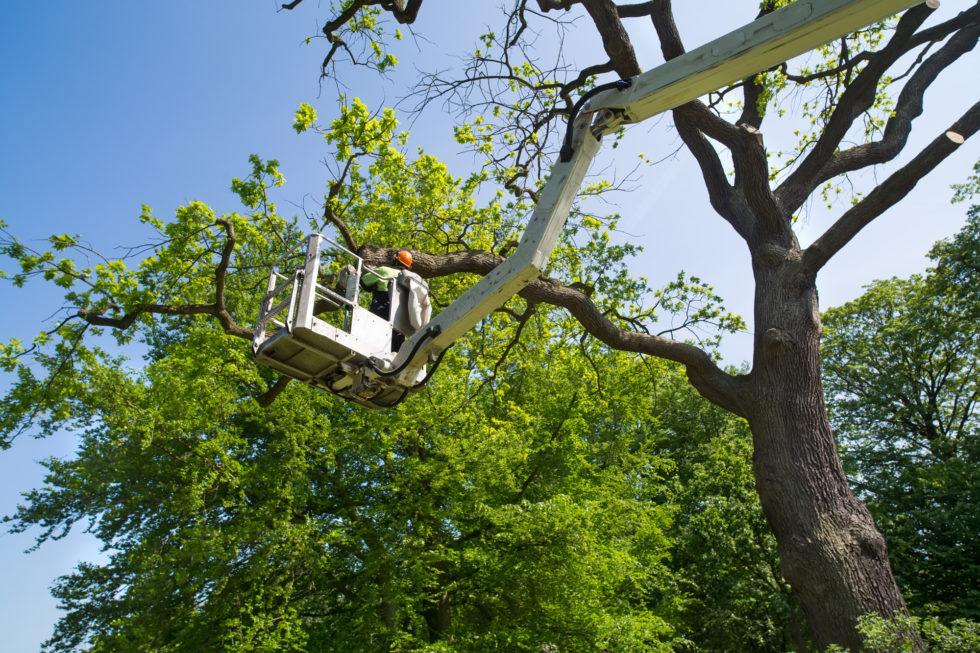
When Should You Call for Emergency Tree Services?
Trees are majestic additions to our properties, providing shade, beauty, and habitats for wildlife. However, sometimes a beloved tree can become a hazard. In this guide, we list some of the most common signs indicating you need emergency tree care, so you’ll know when it’s time to call a certified arborist.
Perilous Tree Branches
If you notice a tree losing its branches easily, or if branches are hanging precariously or are too close to power lines, it’s crucial to seek emergency tree care promptly. These branches can fall unexpectedly, causing property damage or injuring people or pets. Overhanging branches near power lines also pose a serious fire hazard. If you notice any of these issues, call a professional arborist immediately.
Trees Leaning Dangerously
A leaning tree is a significant safety hazard because it may be at risk of falling. This can potentially cause extensive property damage and personal injury. When a tree starts to lean significantly, it indicates structural instability or root damage. In such cases, emergency tree services are necessary to assess the situation and take appropriate action, such as tree removal or stabilization.
Cracks or Cavities in the Tree Trunk
Cracks or cavities in the trunk of a tree can signal an immediate need for emergency services, especially if the damage extends throughout most of the trunk. Visible trunk damage often indicates internal decay, which weakens the tree’s structural integrity. This is often the result of severe weather, diseases, pests, or physical damage. Emergency tree care should be sought immediately to evaluate the extent of the damage and determine the best course of action.
Parts of the Tree Have Already Fallen
Any tree that has experienced partial failure should be inspected by an arborist immediately. It’s also important to have any fallen branches, partially fallen trees, and trees that have experienced total failure removed by professionals right away. These situations often occur during storms, when strong winds or heavy rainfall cause branches to fall or cracks to appear in the trunk. Fallen tree debris can be a major safety hazard and pose a risk to people and pets. Emergency tree services are essential to safely remove fallen trees, clear debris, and inspect the remainder of the tree to determine the best course of action.
Exposed Roots or Soil Heaving
Exposed roots or soil heaving can indicate potential tree-related emergencies. When erosion or soil movement causes tree roots to become exposed, it can compromise the tree’s stability, leading to an increased risk of failure. Similarly, soil heaving can make a tree unstable, occurring when the ground swells or bulges due to root growth or ground freezing. These signs should not be ignored, and emergency tree care may be necessary to protect the people and property surrounding the at-risk tree.
Tree Pests and Diseases
If your tree shows signs of infestation or disease, like unusual leaf discoloration, fungal growth, holes in leaves, bark cankers, or the visual presence of pests, it’s crucial to take immediate action. Pest infestations and tree diseases can weaken a tree quickly, making it more susceptible to falling. These issues can also spread rapidly to surrounding trees and vegetation. Early intervention by an arborist can help save the tree. During their inspection, they can accurately diagnose the issue and recommend the best course of action. In some cases, targeted treatments such as pruning infected branches or applying fungicides may be sufficient. However, if the infestation or disease has advanced to the point where the tree is at risk of failure, complete tree removal may be necessary.
Contact Professional Tree Care Services
Don’t wait for disaster to strike! If you notice any of these signs, certified arborists are here to help. For emergency tree services, contact a reputable tree care service immediately. Many offer 24-hour emergency tree removal and other tree care needs. Please avoid DIY attempts and rely on professionals for your safety and the well-being of your property.